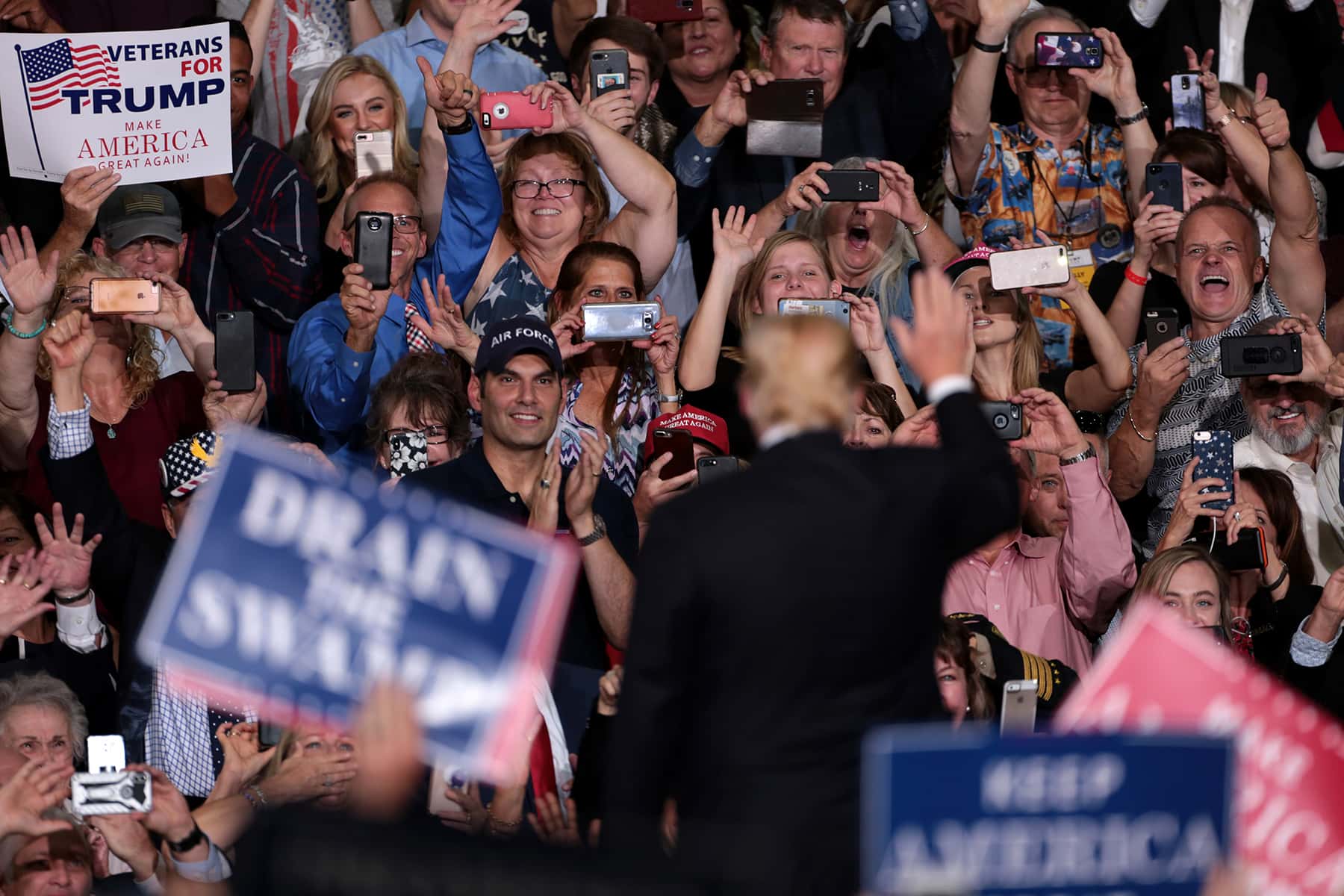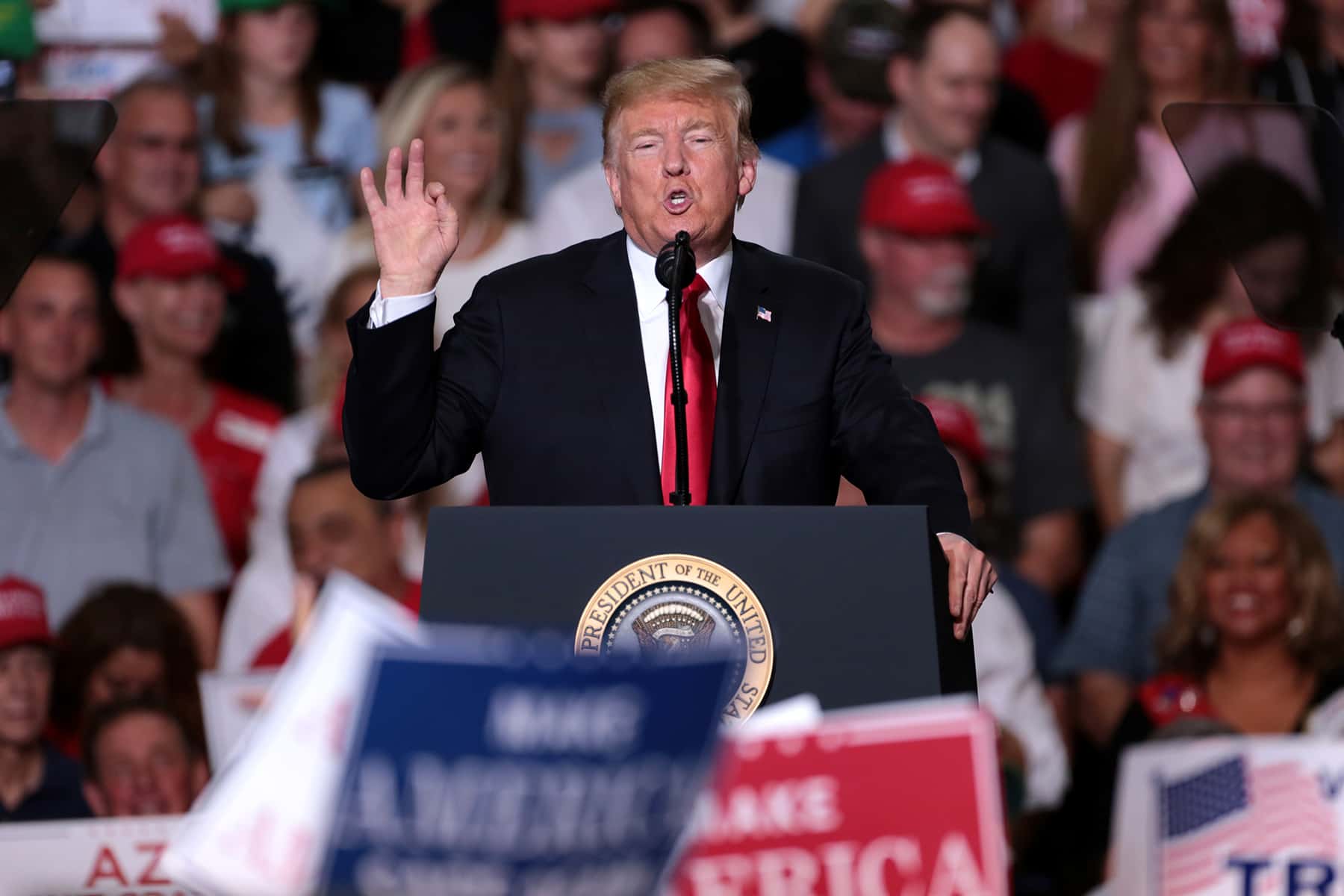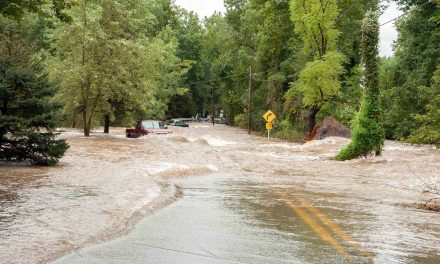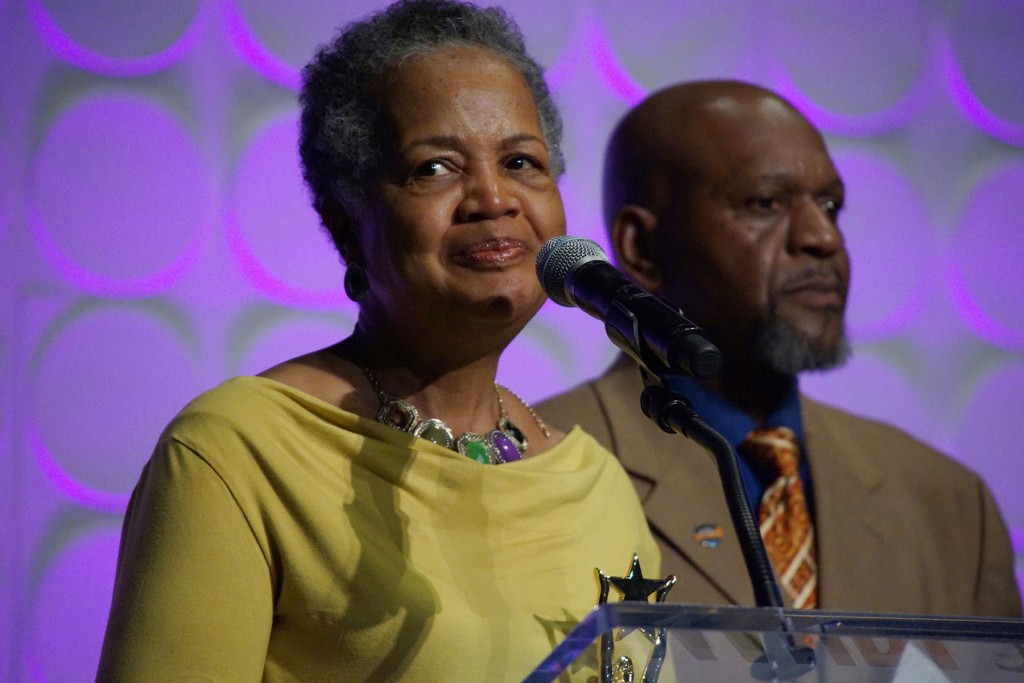
Photo by Gage Skidmore and licensed under CC BY-SA 4.0
Political violence in the United States has tended to come in two forms. The first consists of simply unhinged acts, like John Hinckley Jr shooting Ronald Reagan in the hope of impressing the actress Jodie Foster, or Timothy McVeigh hoping to bring down the government with a bomb. The second is more systematic and sinister: the violence used to keep down groups who threaten the social and political order. This is the violence of strikebreakers and the KKK. It is the violence that killed Emmett Till, an African-American teenager who was lynched in Mississippi in 1955 after allegedly wolf-whistling at a white woman.
A key feature of the second type of violence is that it has often been perpetrated by private individuals while serving the interests of public authorities. This is why the authorities encourage it. Till’s killers walked free because Mississippi’s court system would not convict them, understanding that their act reinforced white supremacy at a time when it was under threat from desegregation. This was violence of the people, by the people, for the government.
This is the correct context in which to understand the bomb scares that have recently affected Barack Obama, the Clintons, Eric Holder, George Soros and others. We don’t yet know the state of mind of those responsible. But the identity of the targets chosen (primarily women, African Americans and a Jew) and the fact they are all known enemies of the president of the United States tells us something deeply disturbing about the state of America today.
Unhinged threats and acts of violence have been on the rise in American politics recently, such as the shooting last year of Republican congressman Steve Scalise. But most notable of all and influential for the culture has been the rise of a president who talks frequently and vividly about the desirability of violence being done to his opponents, and supporters who revel in it.
The nationalism that fuels Trump’s movement is based on the idea that the country can be divided into two groups. One is the pure and virtuous true Americans, the overwhelmingly white crowd who come to his rallies. The other group consists of minorities, elites and Democrats who stand poised to sell out the “real” Americans if they are given a chance.
Hence Trump’s political opponents are cast as “globalists” who “want the globe to do well, frankly, not caring about our country”. They support “caravans” of “unknown Middle Easterners” (read: terrorists) who are coming to threaten the security of the country. They rely in elections on the votes of millions of non-American “illegals”, as Trump suggested of Hillary Clinton in 2016. Most of all, Trump has been obsessed with overturning the legacy of his first political foil, President Obama, who he alleged was literally foreign-born and hence not a real American.
The threat of violence has never been far behind. Trump suggested that Obama was the “founder” of Isis and that the group, which the US is pledged to destroy, “honors” him. He said that “second amendment people” might be best-placed to deal with Hillary Clinton. Only last week he praised a Republican congressman for body-slamming a Guardian journalist who asked him a question he didn’t like.
Trump and his supporters see themselves as engaged in an apocalyptic struggle to defend America against a coalition of liberal whites and ethnic minorities who seek to degrade it. They are fueled by a conservative media machine which simply invents lies and outlandish conspiracy theories if they serve the needs of the movement – such as that the recent spate of attempted bombings was carried out by liberals seeking to embarrass President Trump.
It is no surprise that this febrile atmosphere, in which any lie can be justified if it paints the president’s opponents as traitors, would lead to violence. But what is particularly disturbing is that the propaganda that inspires this violence has been outsourced to private organizations, meaning no simple change of government by election can end it. Nowadays, even the president himself gets his daily talking points by parroting Fox News, which he believes over his own government officials. The rot is pernicious and deep, and it will inevitably lead to more violence.
In other times and places, groups of private individuals willing to deploy violence on behalf of a particular vision of the state have been instrumental in the rise of fascism. America, because it still has strong institutions despite the damage of the Trump era, is not there yet. But parts of the foundation are sinking into place, and it is unlikely they can be uprooted without a concerted effort.
Changing course depends on Trump’s brand of nationalism not being seen to pay political dividends. The question of whether the conservative movement will play with fire in order to gain power is no longer in doubt; they will and they are. The question now is whether they can get away with it. The election in two weeks will either be a warning to them or a vindication – a vindication that might tempt the president and his followers inside and outside of government to who knows what extremes in the future.
Andrew Gawthorpe
Originally published on The Guardian as What the targeting of Trump critics reveals about
Help deliver the independent journalism that the world needs, make a contribution of support to The Guardian.















